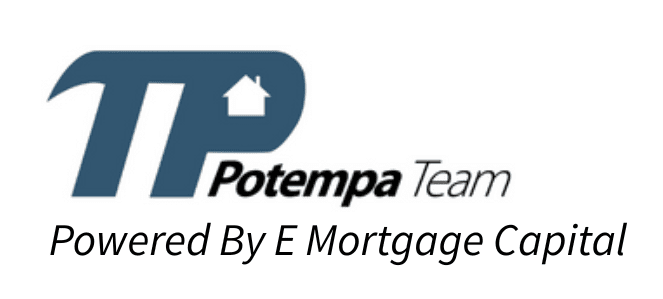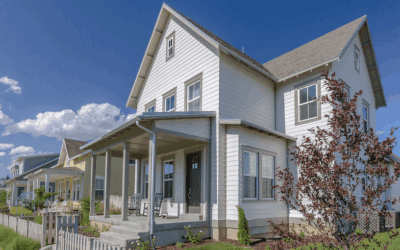The large sticker price first-time home buyers see can be daunting at first. The thought of saving up that much seems difficult, but the idea of large monthly payments can be just as concerning. To get a better idea of how to balance the two, one must take a look at the factors that contribute to the cost of a home and mortgage.
Don’t worry, getting the home of your dreams can still be made a reality! It’s just best to set yourself up for success down the road by making the right savings and loan decisions today.
What Exactly Are You Saving For?
One of the first thoughts when it comes to a large purchase of any type that requires a loan is the amount of the down payment. Depending on the area, common assumption is that you’ll need to have at least 5% of the home’s value saved up as a down payment. At that rate, a $300,000 home would have a $15,000 down payment.
First-time buyers in Arizona also have access to conventional loans that only require a 3% down payment, a rate typically only obtained through FHA insured loans. This does come with a caveat, albeit one that doesn’t pose much of a problem. Any home purchased in Arizona with less than a 20% down payment on a conventional loan requires you to have private mortgage insurance, or PMI.
Paying PMI Versus a Larger Down Payment
The cost of PMI is to protect the lender if for any reason you are unable to make loan payments which allows them to offer loans at favorable rates whereas a lender frequently running into non-paying customers will have higher interest rates to cover the difference.
Monthly costs for PMI depend on the credit score of the borrower, amount of down payment and overall cost of the property. The ultimate goal of the lender-borrower relationship is to get 20% of the property’s value turned into equity meaning you have paid for and now own 20% of the home.
Once this benchmark is met, PMI is no longer required as a history of payments has been established and enough has been paid to the lender that the concern of non-payment is no longer there. Many first-time buyers will find that the cost of monthly insurance payments over time is less than what a 20% down payment would be, making it preferable if you wish to retain some of your savings or emergency fund during the purchase process.
Be Knowledgeable of Closing Costs
A frequent cost the can catch a buyer off-guard is the cost to close on a home. This is separate from the down payment made and covers the fees paid out for various parties and processing teams that are required for a mortgage to be completed.
Commissions, inspections, titling and origination fees are just a few of the items bundled into the final closing cost. This amount can total over $10,000 for homes over $250,000 with a range of 3-6% of the cost of the home.
Don’t let these numbers steer you away from finding your perfect home. There are multiple assistance programs made to help cover closing costs and decrease the amount you’ll need for a down payment.
If you’re ready to explore the options and start the journey of turning a house into a home, give our team of local experts a call or view our agents directly online today.





